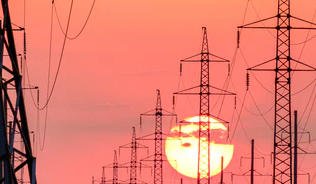The nature of air pollution is set to change rapidly in the next few years as a result of new drivers such as Net Zero, altering behaviours, emissions, exposure, and impacts. The new drivers and changes cause pressures on air quality, giving rise to new areas for research and regulation. The Environment Agency’s air quality assessment work increasingly involves diffuse, multiple pollution sources in urban and suburban environments, rather than discrete emissions from high stacks that disperse over rural environments. Increasingly, policies and regulation are based on population-averaged exposures as well as peak concentration levels. The Agency’s assessment capability must adapt to take such changes into account. As the challenges evolve so too does technology. New methods emerge and previously experimental approaches become mainstream and commercially available.
As part of its ongoing horizon scanning programme, the Environment Agency commissioned two projects from leading consultancies. The first, led by Aether, looked at the drivers and changes likely to impact on the Agency’s work over the coming decades. The second, a joint project between Air Quality Consultants and CERC assessed the developing approaches and technologies around modelling and monitoring, the prospects for integrating these. This webinar presented the findings from these two projects in the context of the Agency’s wider programme of horizon scanning and innovation.
This webinar is part of the Institute of Air Quality Management's (IAQM) webinar series. Find out more about the IAQM.
The results from the project can be found by using the links below





